6 Reasons to Go Gluten-Free (Even If You’re Not Celiac)
This post includes six health reasons why you might want to consider a gluten-free diet, even if you don’t have celiac disease.
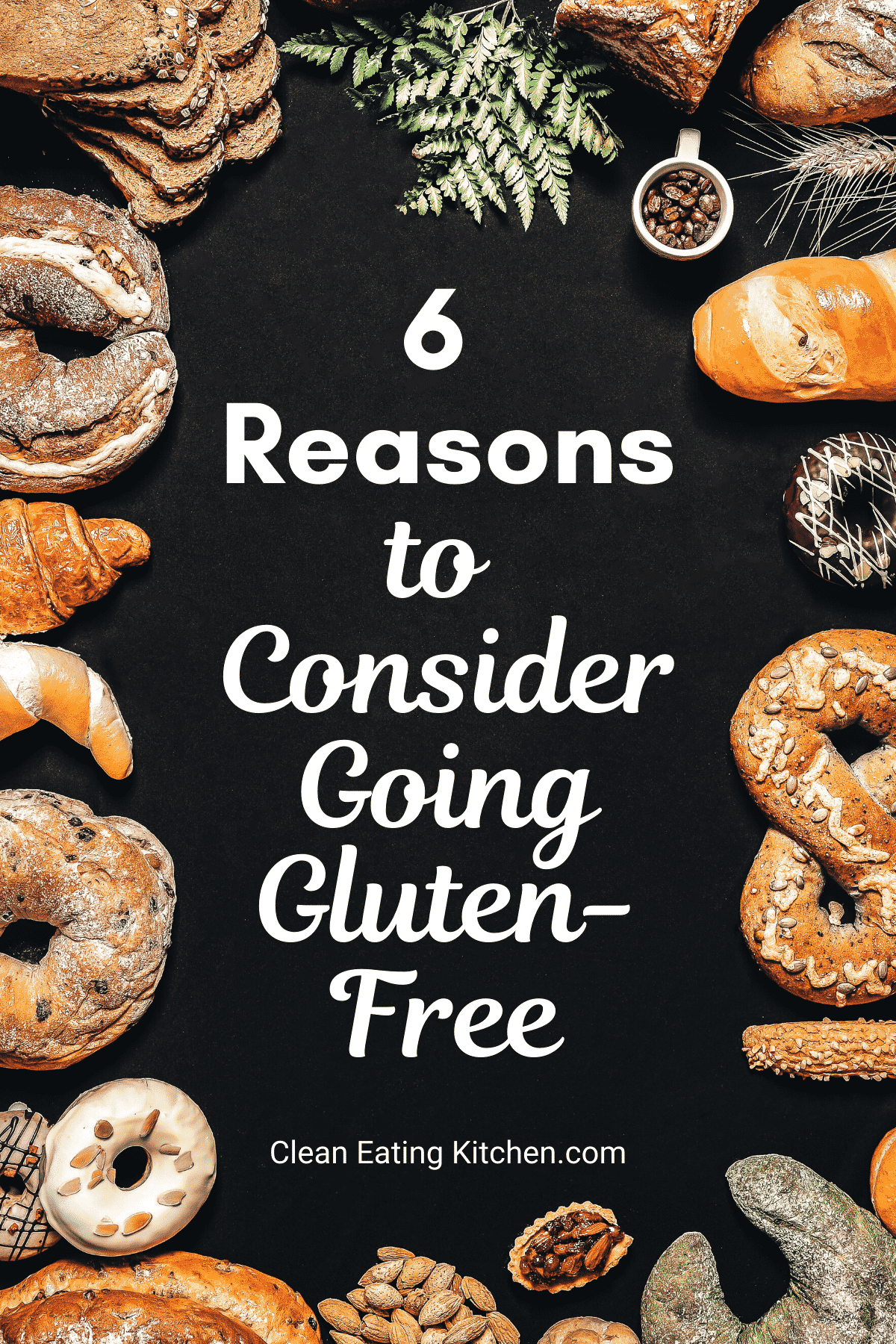
There are several reasons why you might want to try going gluten-free, but let’s review the basics first.
What is Gluten?
Gluten is the general term for a group of proteins found in grains such as wheat, barley, and rye. Gluten acts as the “glue” that holds the grain together and allows it to keep its shape.
Gluten can be found in breads, pastas, doughs, baked goods, cereals, and more unsuspecting places like cross-contaminated oats, soy sauce, salad dressings, condiments, deli meats, cheeses, fried foods, candy, alcohol, medications, supplements, cosmetics, and more.
If you’re trying to avoid gluten, then paying attention to food labels is a must.
6 Reasons to Consider Going Gluten-Free
1. Wheat is a common allergen
Wheat allergy is not that uncommon as it is one of the top allergens in the food supply.
If you go gluten-free, you will end up avoiding wheat, in addition to other gluten-containing whole grains and food products.
While not everyone reacts to wheat, it is not necessarily a bad idea to avoid it if you have autoimmune disease or other issues like irritable bowel syndrome. You can try an elimination diet for 4-6 weeks and see if your symptoms improve after avoiding wheat and gluten for that time period.
Additionally, there are some arguments that wheat is often contaminated with fungal toxins so it’s a good idea to avoid it.
2. Gluten can be inflammatory
If you have a gluten sensitivity, then eating gluten can make your symptoms, like joint pain, worse. There are reports that gluten can exacerbate arthritis, especially if you already have celiac disease.
But, even for people who have non-celiac gluten sensitivities, there may be a connection between eating gluten and swollen joints and general inflammation in the body.
3. Gluten may cause thyroid problems
Gluten can have a negative effect on thyroid disease, and there is research showing that a gluten-free diet can help reduce the antibodies associated with autoimmune thyroid disease.
The easiest way to test this is to have your healthcare provider do a blood test for thyroid antibodies (or order your own lab test).
Try going gluten-free for 4-6 weeks and then re-test your antibodies to see if they go down.
4. Gluten products aren’t necessarily nutrient-dense
Gluten products, including breads made from wheat, are not considered to be nutrient-dense foods.
In fact, both gluten-free and gluten-containing grains are often eliminated in diets like the paleo diet that focuses on only eating foods our ancestors ate for most of history.
Read more about the potential benefits of a grain-free diet for humans.
5. Non-Celiac Gluten Sensitivities
It’s estimated that up to 13% of the human population suffers from gluten sensitivity. Gluten sensitivities can cause a variety of negative symptoms, but will not necessarily show up on a celiac test. This condition is referred to as “Non-Celiac Gluten Sensitivity.”
How do you know if you have Non-Celiac Gluten Sensitivity? Some common reported symptoms include:
- Stomach upset
- Irregular bowel movements
- Headaches and migraines
- Brain fog
- Fatigue
- Depression, anxiety and other mood disorders
- Joint pain and muscle cramps
- Rheumatoid arthritis
- Tingling and numbness in the extremities
- Skin problems like acne, eczema, or unexplained rash
- Infertility
These signs and symptoms may show up immediately following gluten consumption or they may take up to several days to appear.
The only way to know for sure if gluten is causing these symptoms is to try eliminating it from your diet to see if symptoms improve.
6. Gluten may block nutrient absorption
If you do have a gluten sensitivity or celiac disease but you continue to consume gluten, it is possible that your intestinal wall can become inflamed.
This condition is sometimes called Leaky Gut Syndrome or intestinal permeability and can lead to the inability to absorb nutrients from the diet. This can lead to intestinal damage, nutritional deficiencies, and unintended weight loss, plus other serious symptoms.
To help heal the lining of the small intestine, you may need to avoid gluten-containing foods and follow a Leaky Gut Diet so you can start to absorb important nutrients again.
My Gluten-Free Journey
I never even considered going gluten-free until I developed chronic hives around 2010. Up until that point, my mainstream doctors never mentioned gluten sensitivities, even though I had autoimmune thyroid disease and an immune response to gluten and dairy products.
At that point, I came across the term “non-celiac gluten sensitivity” and I decided to try going gluten-free. My hives slowly started to go away and I’ve never gone back to eating gluten after that.
Incidentally, I also follow a mostly dairy-free diet to also help manage inflammation. Read more about how to get started with a gluten-free and dairy-free diet.
You might also like this comprehensive list of gluten-free and dairy-free foods.
Finding Gluten-Free Recipes
While it can be a little overwhelming when you first go gluten-free, I think you’ll quickly realize that there are tons of resources. My website is 100% gluten-free and you can find hundreds of free recipes in my clean eating recipe index.
Or, check out my list of the best gluten and dairy-free recipes.
And, good news! Gluten-free foods don’t always have to be more expensive than regular foods at the grocery store. See my list of the best gluten-free products at Walmart.
You may also want to read my article on the best gluten-free carbs if you’re afraid of giving up bread.
FAQs
For people with Celiac disease, going gluten-free is a must. Some critics consider going gluten-free to be a fad-diet that isn’t completely necessary. It is really something you should discuss with your healthcare professional or a registered dietitian and decide for yourself.
Some flours that can replace glutenous flours include:
Coconut flour
Certified gluten-free oat flour
Rice flour
Tapioca flour
Cassava flour (grain-free)
Buckwheat flour
Chickpea flour
Almond flour
A quick internet search for gluten-free recipes will lead you to countless recipes using these gluten-free alternatives. And, luckily, it’s very easy now to find gluten-free options at many restaurants and grocery stores (see my round-up of the best gluten-free items at Walmart).
There are even 100% gluten-free bakeries in most big cities now. And, all of the recipes on my blog are gluten-free, too! Whether you have a gluten intolerance or need to follow a strict gluten-free diet, it’s a lot easier now than it used to be.
And, if you’re looking for gluten-free pasta recipes, be sure to check out my round-up of the Best Gluten-Free Pasta Brands.
Gluten-free flours may be made from gluten-free grains like rice or buckwheat, but grain-free flours come from non-grain sources like cassava or tapioca.
If you’re new to cooking at home, then you might want to check out my collection of posts on Clean Eating Basics. You’ll find articles on the best pans for cooking, clean eating websites, healthy YouTube channels, healthy bread alternatives, and more.
Don’t Miss These Gluten-Free Resources
Looking for more holistic health favorites? Visit my Amazon storefront for my favorite supplements, snacks, appliances, books, and more!
Conclusions
Turns out, there are many reasons why you might want to go gluten-free, even if you don’t have celiac disease. If you’re considering making changes to your diet, this might be one of the first things you want to try.
It’s really up to you to determine if adopting a gluten-free diet is right for you. Many people choose to try eliminating it for a while to see if it makes them feel better. As always, it’s best to work with a qualified practitioner to help determine if a gluten-free diet is best for you.
Don’t forget to join my newsletter list to get exclusive clean eating recipes and tips. The newsletter is 100% free with no spam; unsubscribe anytime.
About the Author: Carrie Forrest has a master’s degree in public health with a specialty in nutrition. She is a top wellness and food blogger with over 5 million annual visitors to her site. Carrie has an incredible story of recovery from chronic illness and is passionate about helping other women transform their health. Send Carrie a message through her contact form.
Note: this post is for informational purposes only and is not intended as medical advice. Please consult your healthcare provider for recommendations related to your individual situation.


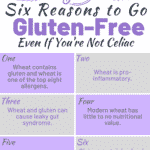
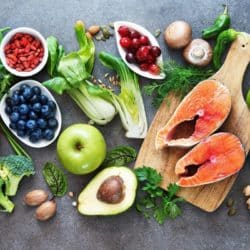

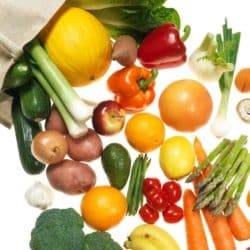
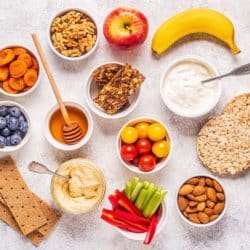





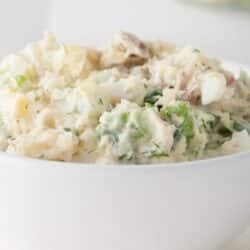


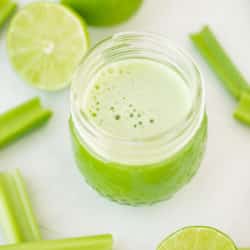
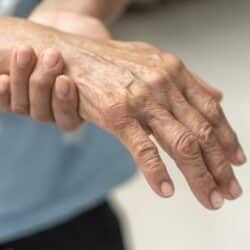



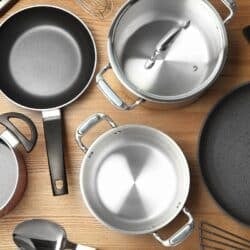


According to medical websites, if you don’t have celiac disease or IBS, it’s actually not good to be on a gluten free diet. I don’t know why suddenly everyone thinks it’s healthier. I say everything in moderation is the way to go. 🤷♀️
You can’t make a claim like that without supporting what you are stating. According to my research, there is a condition known as non-celiac gluten sensitivity that affects up to 13% of the population. So your motto about “everything in moderation” is outdated and potentially harmful for people with this condition. https://www.ncbi.nlm.nih.gov/pmc/articles/PMC6182669/
Carrie.. I know your reasearch is always thorough… I have been researching too. On an experiential basis I can tell you its not gluten its FODMAPs. And you can reintroduce everything back into your diet after an elimination. Its not strict. Its doable. All your symptoms will reappear though if you have not looked at your deeper emotional issues. Check if all this started after age 12 and grew worse after marriage. That is exactly what happened to me. Please write to me if you need more info.
Hi Rupa, thank you for sharing your theory. Gluten can be inflammatory as well as FODMAPS, so both are potentially troublesome for some people.
Very informative article. I have been gluten free for many years now. It started fourteen years ago when I discovered how it helped and still helps my son who has autism . He was a very picky eater who loved to ear rot is (Indian bread made of wheat) and drink milk. He barely ate anything else. He would not sleep entire nights and would cry in pain. After he was started in this gluten free casein free diet for the first time in years he slept entire nights and his aggression reduced and eye contact improved. He still is very affected by autism but it helps make life much more better. Whenever He had infractions in the form of gluten he would regress. I too started eating gluten free as I felt bad for him. That is when I discovered that I was losing weight and feeling better mentslky and physically.
Now I have started my YouTube channel where I post authentic Indian gluten free recipes
Great, thanks for sharing your story, Sathya! I am sooooo glad your son is doing better. Would you share the link to your YouTube channel? I would LOVE to see your recipes! XO.
Sure. My YouTube channel is Desilicious Kitchen
Yay, I subscribed! Oh my goodness, now I’m hungry!!! Looks amazing. I can’t wait to learn more.
Thank you so much. Will look up the recipes you have posted too.
This is such a thorough, informative post. I love Bob’s Red Mill products and use them all the time!
How about a GF sweet bread, that would be the bees knees!
You certainly have done your homework. You’ve provided lots of valuable information for people who do have problems with gluten. Luckily we don’t but it still wouldn’t hurt to cut out some of it. Thank you for providing the alternatives.